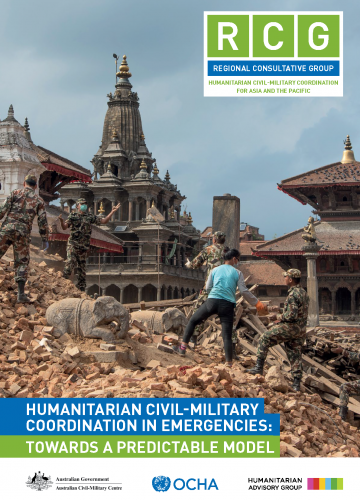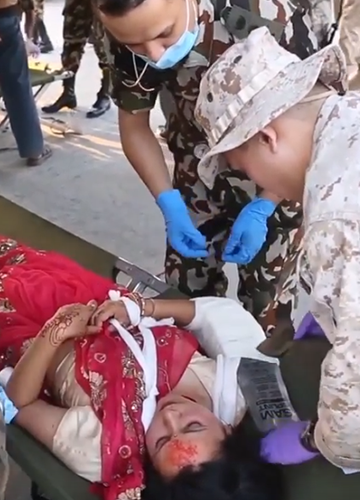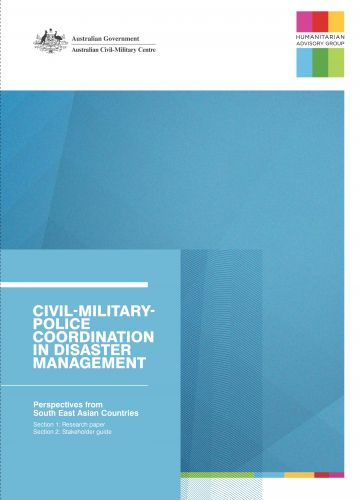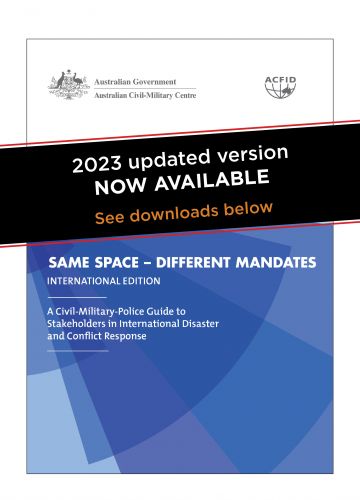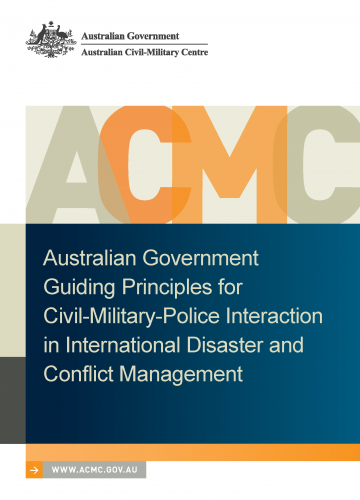Building Capacity
Over the last 10 years, 2 billion people have been affected by natural disasters worldwide, with an estimated cost of $1,658 billion US Dollars. Asia and the Pacific are the most disaster-prone regions in the world. In 2017 there were 162 catastrophic disasters in Asia and the Pacific, which accounted for 43% of all disasters worldwide that required international assistance. These 162 disasters accounted for 58.1% of all disaster related deaths, 69.6% of all people affected, and 10.4% of all economic losses equating to $34 billion US dollars.
Geologically, Asia and the Pacific are characterised by active tectonic plate movements in the Pacific and Indian Oceans, which have been the source of major earthquakes and tsunamis. The Indian and Pacific Oceans also regularly generate tropical cyclones and typhoons. The region is also especially prone to earthquakes, landslides, flash floods, and avalanches. Geographically it is a region of physical diversity with islands, mountains, extensive coastlines, forests, deltaic plains and deserts and archipelagic island chains. Managing disasters in this complex geography, coupled with the cultural and historical differences of the region, has seen integrated civil-military assistance develop as a cornerstone of effective response.
The way in which we manage disasters in Asia and the Pacific is unique and the region has become a world leader in civil-military-police cooperation for disasters, across the whole disaster management cycle (Prevention/mitigation, preparedness, response and recovery). For example, the disaster management arrangements for the Association for South East Asian Nations (ASEAN) are central to regional disaster responses in support of their member states. Following the Indian Ocean Tsunami in 2004, ASEAN invested substantial resources in strengthening disaster management arrangements across the region and on 24 December 2009 the ASEAN Agreement on Disaster Management and Emergency Response (AADMER) entered into force. The AADMER was the first binding legal framework for regional Disaster Management in the world.
Civil-military-police cooperation is most effective when the mechanisms for cooperation and coordination and necessary institutional arrangements are in place ahead of a disaster. Preparedness can play an important role in strengthening those relationships and institutional arrangements. The Regional Consultative Group (RCG) on Humanitarian Civil-Military Coordination for Asia and the Pacific is a multi-stakeholder, regional forum established in 2014 that brings together humanitarian, civilian and military actors involved in preparing for and responding to disasters in the region. The overall objective of the forum is to strengthen the linkages between preparedness and response, within a framework where these are treated as two phases of one cohesive approach rather than as discrete processes. The RCG serves to facilitate the exchange of information, innovative ideas and good practices related to humanitarian civil-military coordination and strengthens linkages with other relevant platforms including Regional Organisations and the Global Consultative Group on Humanitarian Civil-Military Coordination. The Australian Civil-Military Centre is a founding member of the RCG, providing expert advice on civil-military cooperation. We actively support the development of tools designed to increase the predictability of disaster response coordination mechanisms, including through the publication Humanitarian Civil-Military Coordination in Emergencies: Towards a Predictable Model and as a member of the Multinational Force Standard Operating Procedures (MNF SOP) regional development team. ACMC works closely with Australian, regional and global stakeholders to produce disaster management knowledge resources, capacity building through civil-military-police exercises and workshops, and continuous improvement through the evaluation, capture and dissemination of lessons learned from disaster responses.



